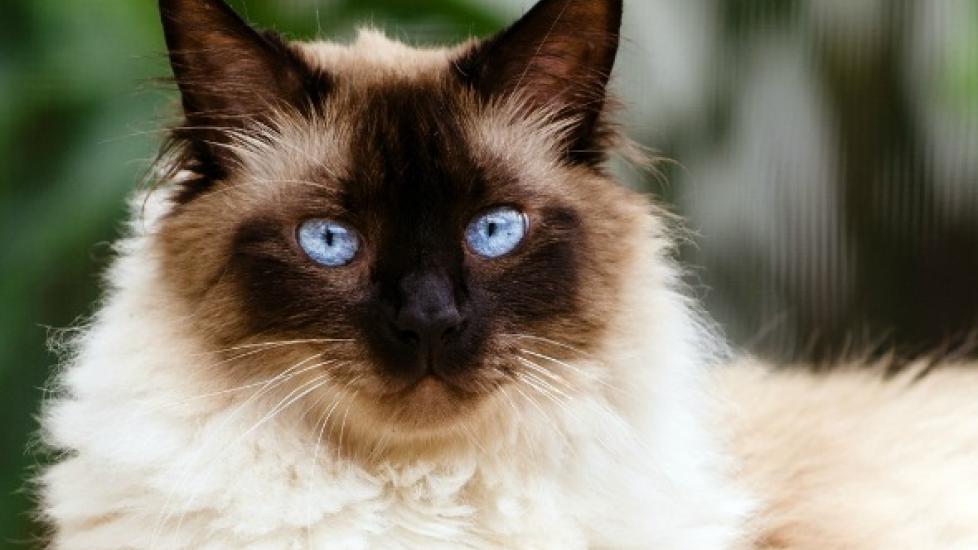How to Stop a Cat from Shedding with Diet Changes
I just bought a new couch. It’s brown with tan and orange accents. One guess as to what color my cat is. She’s a calico – or for those of you unfamiliar with that term — brown, tan, and orange. If you think that was accidental, you must not have had firsthand experience with how much hair a tiny little kitty can leave around the house.
There’s no way to stop the natural shedding process of course, but changing a cat’s diet can go a long way towards reducing the amount of hair that ends up on your couch, in your bed, on your floor, in your food…
How to Stop a Cat from Shedding a Lot
The first step should always be to eliminate the possibility that disease is causing a cat to shed more than is normal. If you are observing patchy hair loss, an increase in scratching and chewing, skin lesions, or signs of generalized illness, stop reading and make an appointment with your veterinarian.
If, on the other hand, you are convinced that your cat is perfectly healthy, a change in diet to help stop a cat from shedding so much is certainly worth a try. A mediocre food will not supply all the nutrients your cat needs to grow and maintain the best coat possible (in other words, the one that will shed the least).
When picking out a food with an eye towards reducing shedding, I recommend looking at two nutrients:
Protein
Cats are obligate carnivores. They need more protein in their diets in comparison to many other species, and much of that protein needs to come from animal rather than plant-based sources. If cats do not get enough protein in their diet, or the protein they do take in is of poor quality, their coat will suffer. After all, hair is made from keratin, a protein.
Look for a food that contains at least 45% protein on a dry matter basis. This information is available on the label’s guaranteed analysis. Use the following formula to convert nutrient percentages from an "as fed" to "dry matter" basis:
Find the percent moisture that is reported on the label’s guaranteed analysis and subtract that number from 100. This is the percent dry matter for the food. Next divide the nutrient percentage on the label that you are interested in by the percent dry matter for the food and multiply by 100. The resulting number is the nutrient percentage on a dry matter basis.
Also, make sure that the first item or two on the ingredient list are animal-based sources of protein.
Fat
Dietary fat also plays an important role in decreasing shedding, particularly essential omega-3 and omega-6 fatty acids. In the right combination, fatty acids promote the development of a healthy coat and skin. Look on the food label for wording that indicates the presence of omega-3 and omega-6 fatty acids and/or the presence of cold water fish oils (e.g., salmon oil) in the ingredient list. Flax seed oil is a less valuable source of essential fatty acids for dogs but is better than nothing.
The total fat content of a food to reduce shedding in cats should be between 25-35% on a dry matter basis. If weight gain is a concern for your cat, aim for the lower end of this range and closely monitor the amount he or she eats.
The benefits of the new diet should be evident in about a month.

Dr. Jennifer Coates
Image: Rob Hainer / Shutterstock
Recommended Pet Products
- Nutramax Proviable Probiotics & Prebiotics Digestive Health Supplement for Dogs & Cats, 160 count$89.98Chewy Price
- Fera Pets USDA Organic Pumpkin Plus Fiber Support for Dogs & Cats, 90 servings$34.95Chewy Price
- All Four Paws Comfy Cone E-Collar for Dogs & Cats, Black, Small$20.24Chewy Price
- Virbac Epi-Otic Advanced Ear Cleaner for Dogs & Cats, 4-fl oz bottle$12.34Chewy Price




